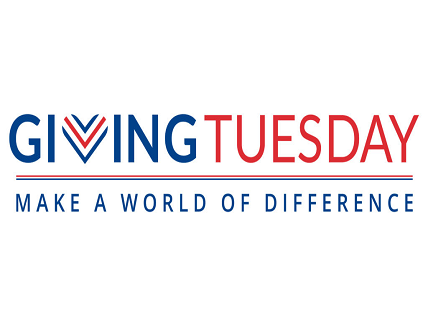
After generating the wave of generosity, Giving Tuesday has done wonders for numerous charitable organizations. Followed since the year 2012, this global event has helped various small organizations in manifesting their goals. While many consider this event as a chance to support the community and people in need, for many it is that time of the year when huge donations come in.
To have a better understanding of this, consider this an extended thanksgiving, in which people help the charitable organizations of their likings through donations and volunteering. Being such a perfect time to generate income, various non-profit organizations take advantage with Giving Tuesday resources that can help them plan better campaigns.
What is Giving Tuesday?
Also known as the day of giving, Giving Tuesday was introduced in 2012 by the United Nations Foundation and the 92nd Street Y in New York. The holiday was initially announced in September 2012, two months before the first Giving Tuesday, which took place on November 27. Mashable, a tech blog, announced the news. The day’s goal is to motivate organizations and individuals to take the initiative, much as Black Friday and Cyber Monday provided a framework for businesses to make sales.
Giving Tuesday was reported by The Washington Post, the official blog of the White House, ABC News, and Huffington Post just before and after it took place on November 27, 2012. Forbes also took the opportunity to release a treatise on charitable giving.
How Can One Participate?
- Donate to your favorite charity: There are various ways for individuals to donate to charities, and there are a lot of worthwhile causes to support. You can donate by cheque in the mail, cash in person, or even online from the convenience of your workplace.
- Volunteer: People frequently overlook the value of volunteering as a means of giving back. If you’re wondering how to start a volunteer program, it’s essential to begin by defining your organization’s goals and identifying potential volunteers with a passion for your cause. Beforehand, contact a nearby hospital, shelter, or NGO to learn how you may assist.
- Donate clothing or shoes: That sweater you vowed to wear this autumn (but never did) could be useful to someone in need. Donate any clothing items you don’t think you’ll wear again after browsing through your closet (or ever).
How to Benefit as a Non-Profit Organisation?
1. Create Goals
Any campaign must set goals, which is a crucial procedure. With the help of goals, you may focus your efforts on the most productive targets, monitor your progress during the fundraising process, and assess your results afterward. You may even track your progress over time if your goals are properly thought out.
Your goal-setting approach should start with basic, high-level inquiries as the building blocks. What amount of funds do we want to raise? How many additional individuals do we want to attract? What indicators will we monitor?
Setting appropriate objectives for your company is crucial; if they are too challenging, you may struggle to reach them and potentially demoralize your team members; if your goals are too simple, you risk losing donors and financial support.
2. Create a Campaign Plan
You may begin planning your campaign’s strategy once you’ve chosen what you want to accomplish with it. Given that you only have one day to reach as many people as possible and that not everyone will be on Instagram that day, a multi-channel strategy is essential for Giving Tuesday. To contact additional supporters, plan to use email, social media, direct mail, and even phone calls.
Remember that Giving Tuesday is about more than just raising money while developing your campaign plan. It’s also about increasing awareness. Therefore, be sure to place the brand of your company front and center in all your conversations.
3. Establish a Donor Guidance Strategy
You better be prepared for them since Giving Tuesday has the potential to add a lot of fresh names to your contact database. Before the campaign starts, you need to have a system for managing your donors. This should have a solid donor care strategy so you can nurture your new supporters and ultimately turn them into permanent ones.
Conclusion:
If you’re prepared, end-of-year gifts are usually the simplest to secure. As such, don’t forget to develop a strategy before the campaign’s launch. This will help you cultivate your new contributors throughout the holiday season.



















